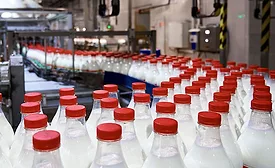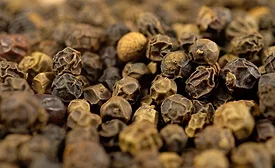Home » Keywords: » hydroxyl radicals
Items Tagged with 'hydroxyl radicals'
ARTICLES
The Use of UV-C Light in Combination With Hydrogen Peroxide to Disinfect Packages in ESL and Aseptic Beverages
The need for packaging materials that preserve the quality of products while preventing microbial contamination has become a critical focus for the beverage and dairy industries
April 10, 2025
Hydroxyl Radicals for a Radical Advantage in Food Processing Hygiene: A Survey of Biocides Used by the Food Industry—Part 2
Biocidal chemicals and other physical/chemical techniques may be used together, in a strategic manner, to achieve an overall improvement in plant hygiene
February 12, 2025
Harnessing Cold Plasma Technology for Decontamination of Food and Food Contact Surfaces
Cold plasma is a novel, promising technology that has shown abundant possibilities for disinfection in food processing environments
August 6, 2024
Never miss the latest news and trends driving the food safety industry
eNewsletter | Website | eMagazine
JOIN TODAY!Copyright ©2025. All Rights Reserved BNP Media.
Design, CMS, Hosting & Web Development :: ePublishing






